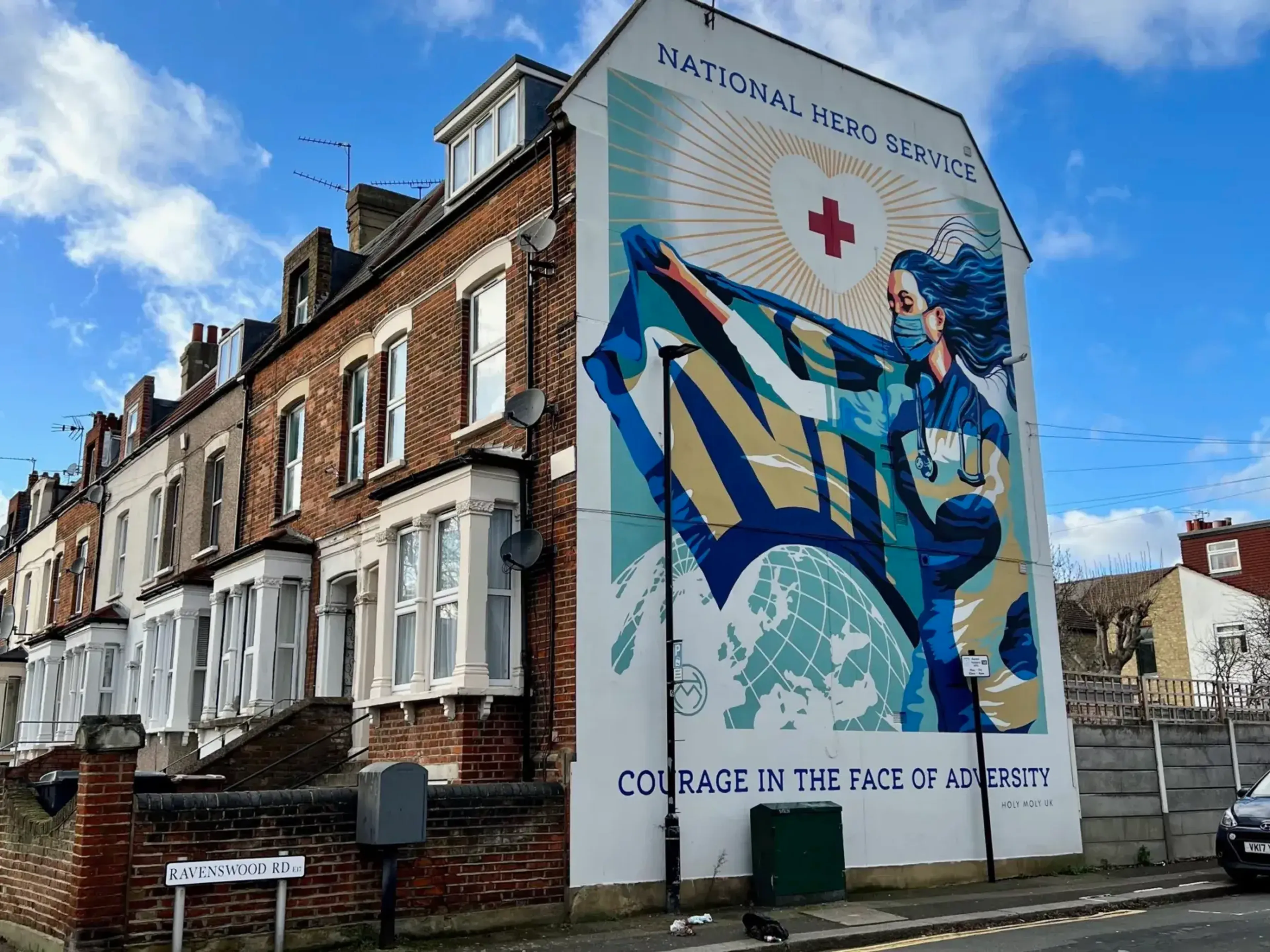
Chris Fleming
Partner: Health, Local Govt & Charities Sector
If I were a new Secretary of State arriving at the Department of Health and Social Care (DHSC), one question I'd be asking is why is it so difficult to have a single patient record. That is to say: a single source of health information about a person that is available to any health practitioner helping them.
The reasons for this are legion but fundamentally it’s down to two things. Complexity and culture.
The NHS, despite the name, is not one single service. It’s a huge collection of different organisations funded in different ways under different conditions, delivering possibly millions of different services. This is underpinned by a huge mix of software systems both national and local, making the NHS the brownest of brownfield environments for digital change.
As well as institutional complexity, there is also data complexity. Picture a cradle-to-grave data model that minutely describes the human body and its systems, the things that can go wrong, and the treatments available. Add in the fact this data is also highly personal. The technical security and political sensitivity questions are formidable.
Beyond the environmental factors, there are some self-inflicted moves that have slowed progress too. Lurches in NHS technology policy from the top down / outsourced model of NPfIT to thousands of blooming flowers (although flowers is perhaps a generous metaphor in many cases).
From interoperability to convergence and back. Completely different commercial approaches in primary, secondary, or urgent care. And more digital and data strategies than you can shake a stick at. This confused and confusing picture is exacerbated by piecemeal funding cycles driven by announceables that don’t allow for long term planning or foundational enabling work.

But it can be done. It arguably has been, if you look at the success of shared care records like Connecting Care or One London. In the long term many, including me, believe that the best way to deliver this requires a new model where comprehensive health records are organised around patients rather than institutions, based on open data standards. Such models are emerging in some regions and countries, such as Slovenia.
I would ideally like to tell the new Secretary of State to simply swerve the question as elegantly as possible. A single health record is hugely complex, fraught and littered with elephant traps. But on the basis that isn’t politically feasible, here’s what I would say is needed:
Clear consistent long term strategy accompanied by a credible delivery plan
Sustainable and predictable funding supporting the development of long standing expert teams
Bold local and national leadership
Starting small and iterating, and scaling what’s effective
More active management of the vendor market in secondary care
Increased investment in the “plumbing” activities supporting development and adoption of data and interoperability standards
Because no matter how hard it is, there are reasons for optimism. Like many things in the NHS, the future is perhaps here; it's just unevenly distributed. And because the prize is so big, it really is worth the effort.

Partner: Health, Local Govt & Charities Sector